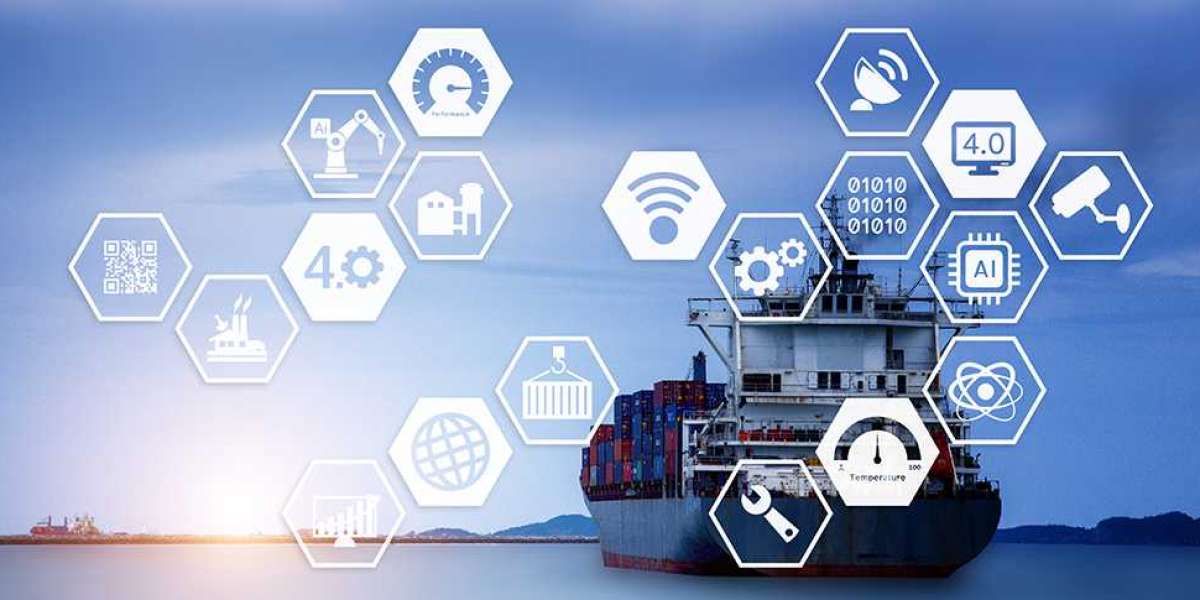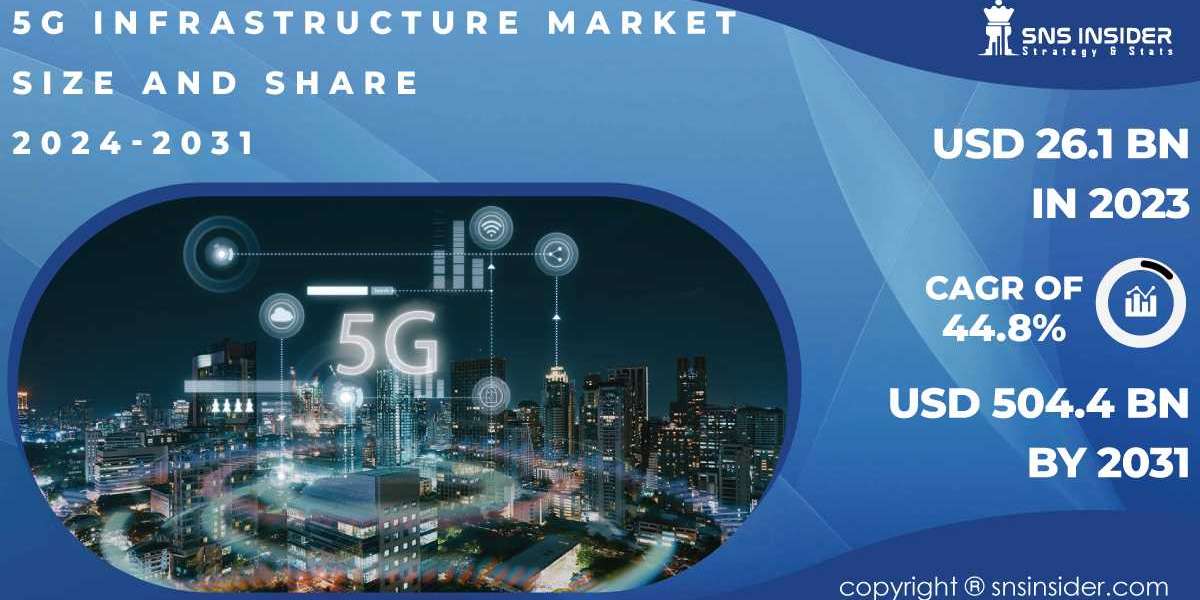The maritime industry, a cornerstone of global trade, is experiencing a significant transformation through digitization. Valued at US$ 167.7 billion in 2022, the maritime digitization market is projected to expand at a compound annual growth rate (CAGR) of 9.3% from 2023 to 2031, reaching an estimated US$ 367.7 billion by 2031. This growth is driven by the integration of cutting-edge technologies such as the Internet of Things (IoT), Artificial Intelligence (AI), and data analytics, which are revolutionizing marine operations.
Key Drivers of Maritime Digitization
The maritime industry's digital transformation is propelled by several factors. Firstly, technologies like AI and IoT enable real-time monitoring and optimization of marine operations, including vessel performance, fuel efficiency, route planning, and predictive maintenance. By leveraging advanced analytics and AI-driven insights, maritime stakeholders can make data-driven decisions that enhance operational efficiency and safety.
Another significant driver is regulatory compliance. Organizations such as the International Maritime Organization (IMO) have established regulations that necessitate the adoption of digital technologies for data exchange, communication, and automation. These regulations aim to improve safety, security, and environmental sustainability within the maritime sector. As a result, the industry's shift towards digitization is not only a matter of efficiency but also a compliance-driven necessity.
Environmental sustainability is also a crucial factor in the adoption of maritime digitization. The maritime industry is responsible for a substantial share of global greenhouse gas emissions. Digital technologies, such as automation and remote monitoring, help reduce fuel consumption and emissions, contributing to a more sustainable future for the industry.
Autonomous Vessels and Robotics: Shaping the Future
One of the most promising advancements in maritime digitization is the development of autonomous vessels. These vessels, equipped with robotics, AI, and advanced sensors, can navigate and operate without human intervention. Autonomous vessels offer numerous benefits, including increased operational efficiency, enhanced safety, and optimized fuel consumption.
As the adoption of autonomous vessels increases, they are expected to transform various aspects of the maritime industry, including shipping, port operations, and logistics. These vessels reduce the risk of human error, improve fuel efficiency, and streamline port logistics through automation. The integration of autonomous vessels into the maritime ecosystem is set to drive significant advancements in digitization.
Regional Outlook and Market Players
North America is anticipated to dominate the maritime digitization market during the forecast period, owing to its advanced technological infrastructure and early adoption of digital technologies. However, Asia Pacific is expected to witness notable growth due to the presence of some of the world’s busiest ports, such as those in Shanghai, Singapore, and Busan.
Key players in the maritime digitization market, including Inmarsat Global Limited, Wärtsilä Corporation, and Siemens AG, are focusing on research and development to introduce innovative solutions. These companies are investing in AI, IoT, and blockchain technologies to stay competitive and meet the evolving demands of the maritime industry.



